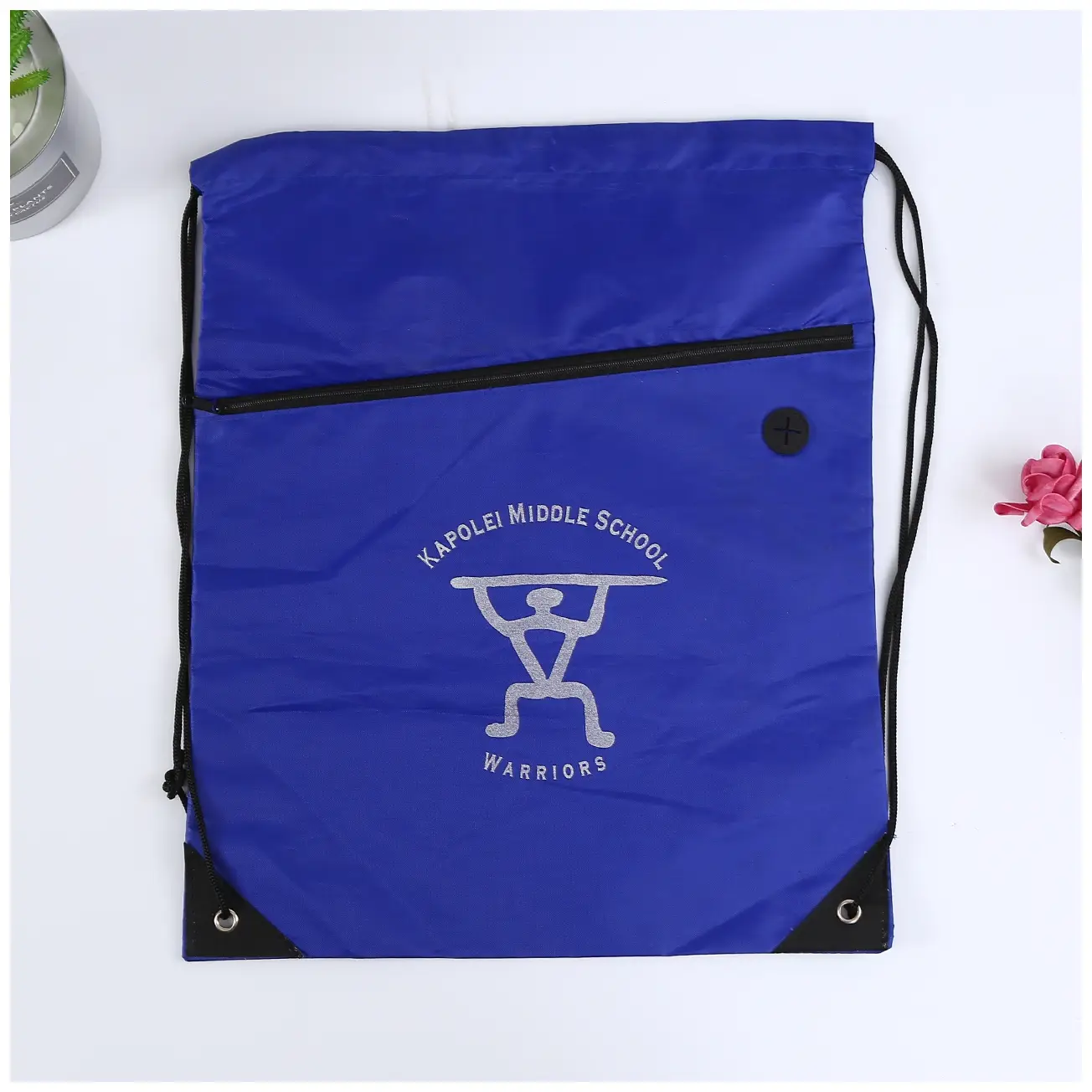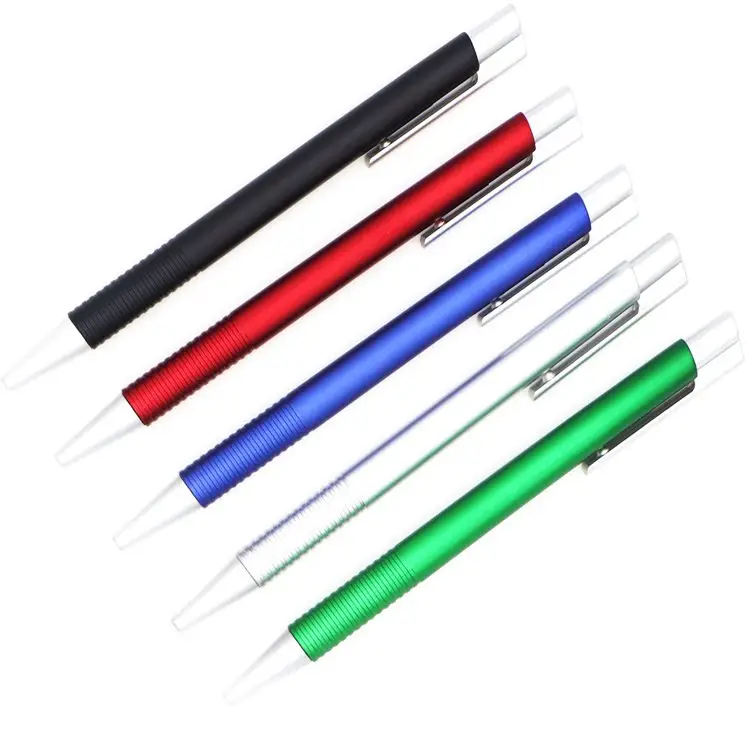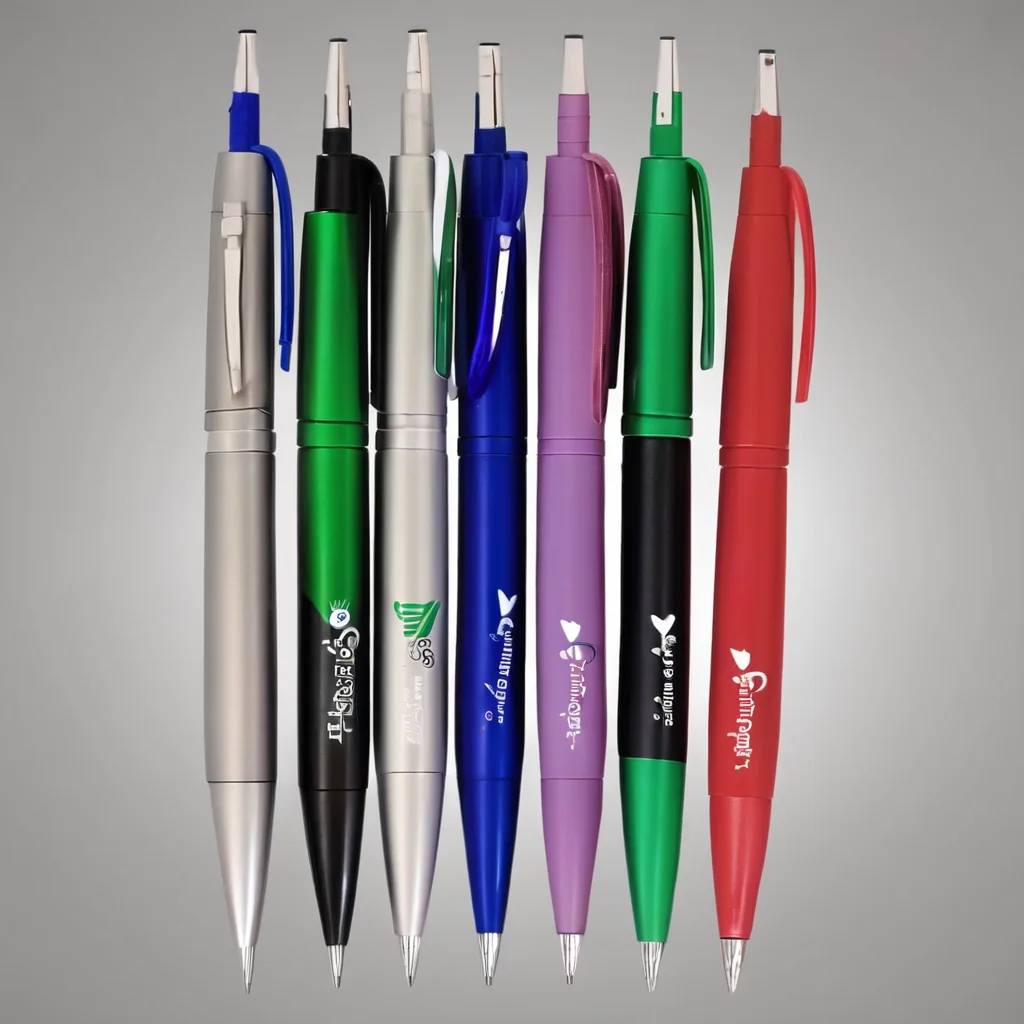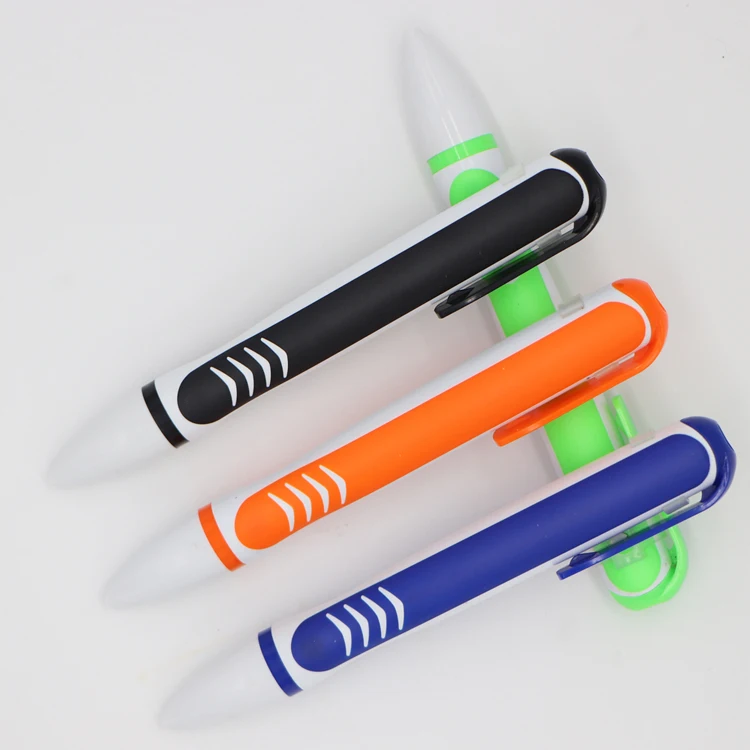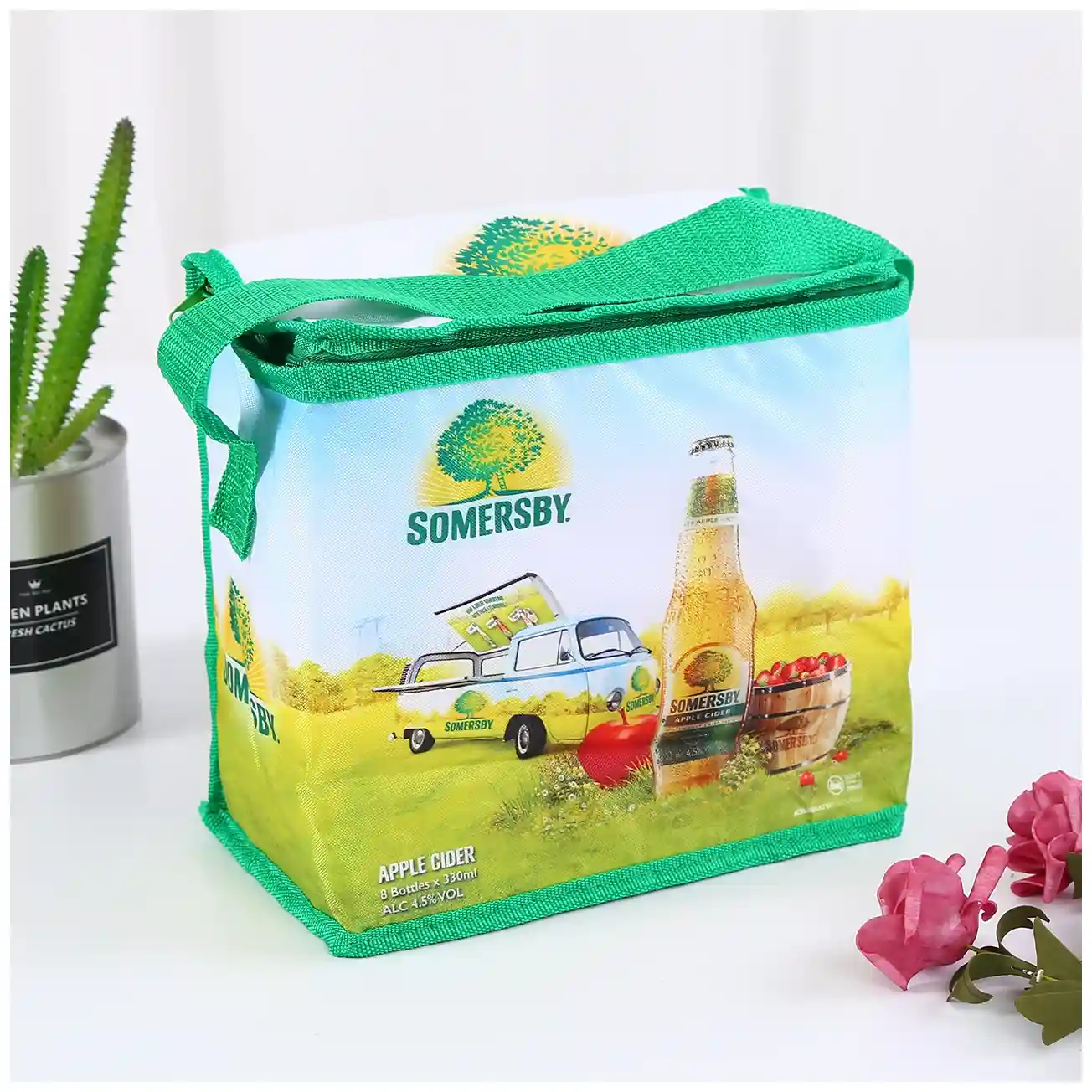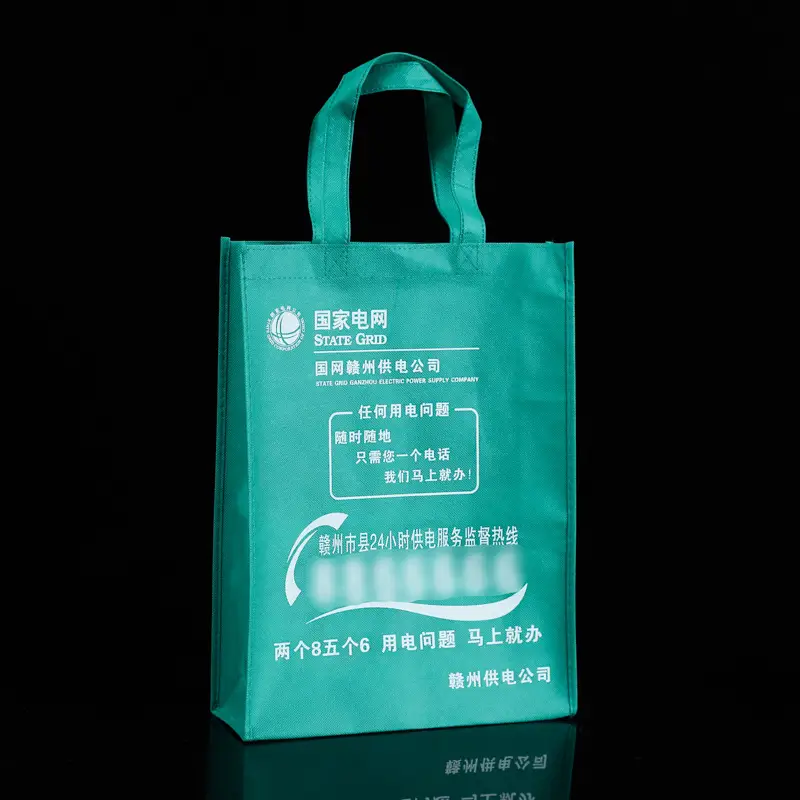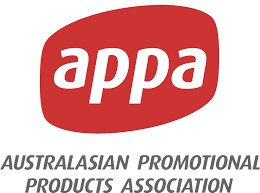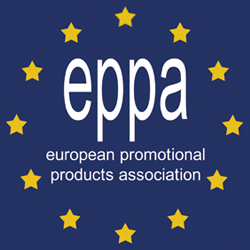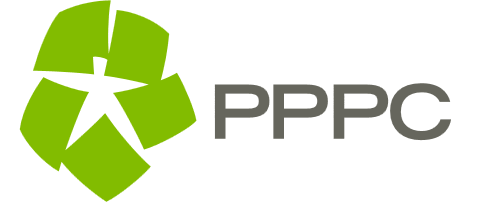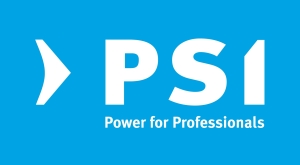As businesses increasingly prioritize sustainability in their operations, the demand for eco-friendly products continues to rise. Non-woven drawstring bags offer a sustainable alternative to traditional plastic bags, making them a popular choice for businesses looking to reduce their environmental impact. If you're considering a bulk purchase of sustainable non-woven drawstring bags, here are some key considerations to keep in mind:
Quality Assurance
Quality assurance is paramount when considering a bulk purchase of sustainable non-woven drawstring bags. Prioritize factors like material durability, drawstring closure strength, and overall craftsmanship during assessment. Ensure that materials meet industry standards and perform quality tests, with a focus on dimensions, tensile strength, and seam integrity. Choosing high-quality bags not only guarantees customer satisfaction but also prolongs product lifespan, bolstering your brand's reputation and reducing long-term costs associated with replacements or returns.
In general, the quality of non-woven bags is directly proportional to their weight. High quality non-woven fabrics usually increase the weight of the bag, but also improve its durability and load-bearing capacity.
Generally speaking, heavier non-woven bags are more suitable for carrying heavy objects and long-term use, while lighter bags are more suitable for lightweight and short-term use.
Durable non-woven bags are usually made of high-density polypropylene or polyethylene materials, which have high strength and wear resistance.
The durability of non-woven bags also depends on their manufacturing process and stitching quality. High quality craftsmanship and sturdy stitching ensure that the bag is not easily damaged or stitched during use.
Drawstring is usually made of materials such as nylon, polyester fiber, or cotton rope.
Nylon and polyester fibers are often considered more durable options, as they have high strength and wear resistance, making them suitable for carrying heavy loads and frequent use.
Combined with the durability of the material itself, the quality of the rope depends on its sturdy knot and appropriate size to ensure that it is not easily broken or deformed during use.
The lifespan of non-woven bags depends on various factors, including material quality, manufacturing process, frequency of use, and usage environment.
Under appropriate circumstances, high-quality non-woven bags can be used continuously for several years, while low-quality bags may experience wear or damage within a few months.
Environmental Credentials
Verify the environmental credentials of the non-woven drawstring bags, such as their recyclability and biodegradability. Look for certifications or eco-labels that attest to the sustainability of the bags, ensuring that they align with your business's environmental values and commitments.
For example, if you are in Europe or the United States, you need to understand the environmental standards for non-woven bag bags in European and American countries:
Recyclability: Confirm whether the non-woven bag is made of recyclable materials. Usually, the packaging or product description of the bag mentions the recyclability of the material. Environmental standards in European and American countries typically require manufacturers to provide information on material recycling and encourage consumers to dispose of bags in recyclable trash cans after use.
Biodegradability: Understand whether non-woven bag bundles have biodegradability. Some environmental labels clearly indicate the biodegradability of bags, which means they naturally decompose into harmless substances within a certain period of time. The environmental standards of European and American countries may require bags to meet certain biodegradation standards to reduce negative impacts on the environment.
Certificates and Labels: Find certifications or labels that demonstrate the environmental performance of non-woven bag bundles. These certifications can be issued by third-party organizations, such as Sustainability Certification or Eco label, to demonstrate that the bag meets specific environmental standards and requirements. Environmental standards in European and American countries typically require manufacturers to label their products with corresponding certification information to facilitate consumer identification of environmentally friendly products.
Environmental standards of European and American countries: The environmental standards of non-woven bag bags in European and American countries usually cover material selection, production process, recyclability, biodegradability, and other aspects. For example, the REACH regulations of the European Union limit the use of certain chemicals, while the ASTM standards in the United States may specify requirements for the biodegradability performance of non-woven bags. Understanding and adhering to these standards can ensure that bags comply with local environmental regulations and convey environmental values to consumers.
When verifying the environmental protection certificate of the non-woven bag, it is recommended to communicate with the supplier to obtain detailed environmental information and ensure that the bag meets the environmental standards of European and American countries to meet your company's environmental values and commitments.
Customization Options
Consider the customization options available for the non-woven drawstring bags. Many wholesalers offer services for imprinting logos, slogans, or branding elements onto the bags. Discuss your customization requirements with the supplier to ensure that the final product reflects your brand identity effectively.
Printing process:
Screen Printing: Suitable for simple patterns and text, with low cost, suitable for large-scale production.
Heat Transfer Printing: It can achieve high-definition patterns and complex colors, suitable for colorful or gradient design.
Digital Printing: Suitable for small batch customization and personalized design, providing fast production cycles and low-cost single piece prices.
Color:
Consider the color and design requirements of the brand logo, and choose a color that is consistent with the brand image.
Some customization options may limit the number of colors available, so it is important to consider this when selecting colors.
Size:
Choose the appropriate size based on the purpose and purpose of the bag. Common sizes include small (approximately 10x15 inches), medium (approximately 12x18 inches), and large (approximately 14x20 inches).
If you have specific size requirements, please discuss with the supplier to see if it is possible to customize and produce sizes that meet your needs.
Pattern and Design:
In addition to printing technology, special effects such as flash ink, fluorescent colors, or metallic colors can also be considered to enhance the attractiveness of the brand logo.
Ensure that the pattern and design match the material and color of the bag, and ensure that it is clear and visible.
Minimum Order Quantities
Determine the minimum order quantities (MOQs) set by the supplier for bulk purchases. MOQs can vary depending on the supplier and the specific product specifications. Be sure to evaluate your inventory needs and budget constraints to determine a feasible order quantity that optimizes cost-effectiveness. At the same time, it is important to clarify the minimum order quantity of the supplier, which is usually between 500 and 1000 pieces. If your order quantity is slightly lower than the supplier's MOQ, you can try to negotiate with the supplier to see if a compromise can be reached. Some suppliers may consider the potential benefits of long-term cooperation and reduce MOQ.
Price Negotiation
Don't hesitate to negotiate pricing with the supplier, especially for larger volume orders. Many wholesalers offer discounts or preferential pricing for bulk purchases. By negotiating favorable terms, you can maximize cost savings and enhance the profitability of your procurement strategy.
Shipping and Logistics
Factor in shipping and logistics considerations when planning a bulk purchase of non-woven drawstring bags. Evaluate shipping costs, transit times, and import/export regulations to ensure a smooth and efficient delivery process. Coordinate closely with the supplier to address any logistical challenges and minimize disruptions to your supply chain.
Quality Control Inspections
Consider conducting quality control inspections upon receipt of the non-woven drawstring bags to verify compliance with specifications and standards. Inspecting a sample batch of the bags can help identify any potential defects or discrepancies early on, allowing for timely resolution with the supplier.
Customer Service and Support
Assess the level of customer service and support provided by the supplier. Choose a wholesaler that offers responsive communication, timely assistance, and after-sales support to address any inquiries or issues that may arise during the purchasing process.
Conclusion
By carefully considering these factors, wholesale buyers can make informed decisions when purchasing sustainable non-woven drawstring bags in bulk. With the right supplier and product specifications in place, businesses can effectively integrate eco-friendly packaging solutions into their operations while meeting their sustainability goals.
